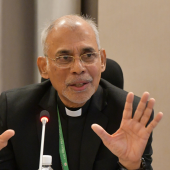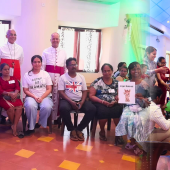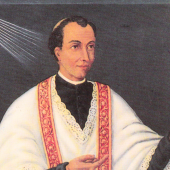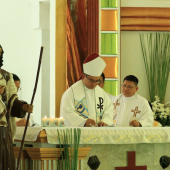Violent mob forces Christian families to flee village in northern India
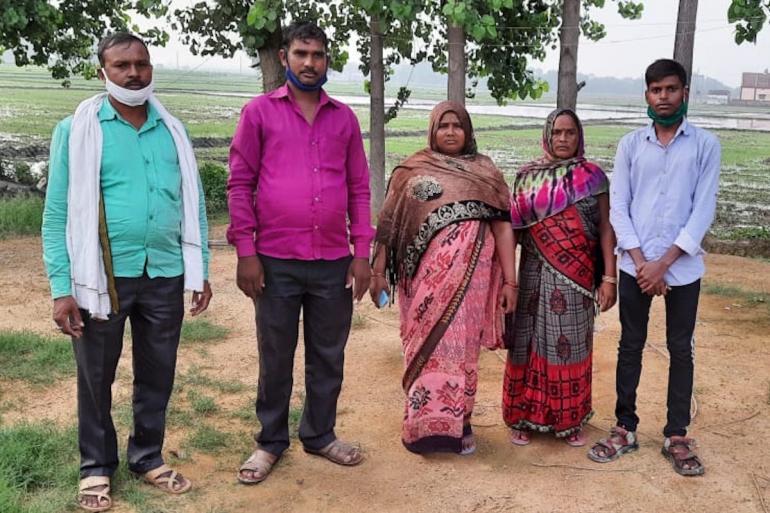
A hard-line Hindu mob hit and ridiculed Vikas Gupta, a 21-year-old Christian youth, as he was paraded through a village market in a remote part of India’s northern state of Uttar Pradesh on July 2.
Gupta told LiCAS.news that before the mob allowed him to go home, he was dragged inside a Hindu temple where he was forced to bow in front of an idol. The mob also damaged his motorbike.
The next day another mob barged into his home situated in a remote village in Azamgarh district. The mob ransacked his house; threatened his family and two other Christian families that if they did not leave the village the women would be raped, the men murdered, and their houses set on fire.
After the mob left, the families sought the police for help.
“The police were initially reluctant to act against the attackers,” said Gupta. “When we insisted, they took into custody two men from the mob and they started investigating the case,” he said.
But in response another mob — this time led by a village head — gathered outside the local police station and demanded the release of the two arrested men. The village head warned police of consequences if the men weren’t released.
“The police buckled under pressure and released those it had arrested earlier,” Gupta said.
“People’s wrath against us only grew after they saw their men getting freed. They targeted us again and this time with greater severity,” he said.
“When we saw no other option, we fled from the village, leaving behind our houses, household and livestock. We have now become like refugees,” he said.
The district where this occurred Azamgarg has a population of 4 million plus people of whom 84 percent are Hindus and 15 percent Muslims while Christians comprise .08 percent.
Patsy David, from the Alliance Defending Freedom (ADF), a non-profit organization working for the Christian rights, told LiCAS.news that the targeted families — 15 people in total — had recently moved to the area and began holding prayer services in their houses which attracted the attention of a few locals.
“There is a community called Raj Bhars living in the village and a few people from this community got inspired from the message of Christ and began attending the prayer services out of curiosity,” David said. “This angered the village locals who accused the Christian families of forcefully converting people there,” David said.
Sneta Moria, one of the Christian women threatened by the mob, said that the village head, along with other local Hindus, didn’t want the Christian families settling in the village and wanted the local administration to force them out.
“The people here do not want us to live here peacefully. The local government officials seem too helpless before such a large crowd,” Moria said.
Minakshi Singh, general secretary of Unity in Christ, told LiCAS.news that she has taken up the issue with the local police. “We have been assured police action against the culprits. We hope justice will be done for the families who have been attacked and their homes destroyed,” she said.
Mobs of hard-line Hindu mobs — mostly in remote villages — often target Christians, accusing them of forcefully converting local Hindus to Christianity, allegations which Christian groups reject.
Open Doors, a non-profit organization supporting persecuted Christians worldwide, said in its most recent report that India as one of the most dangerous countries in the world for Christians who make up 2.5 percent of the country’s 1.3 billion people.
- LiCAS.news
Radio Veritas Asia (RVA), a media platform of the Catholic Church, aims to share Christ. RVA started in 1969 as a continental Catholic radio station to serve Asian countries in their respective local language, thus earning the tag “the Voice of Asian Christianity.” Responding to the emerging context, RVA embraced media platforms to connect with the global Asian audience via its 21 language websites and various social media platforms.









